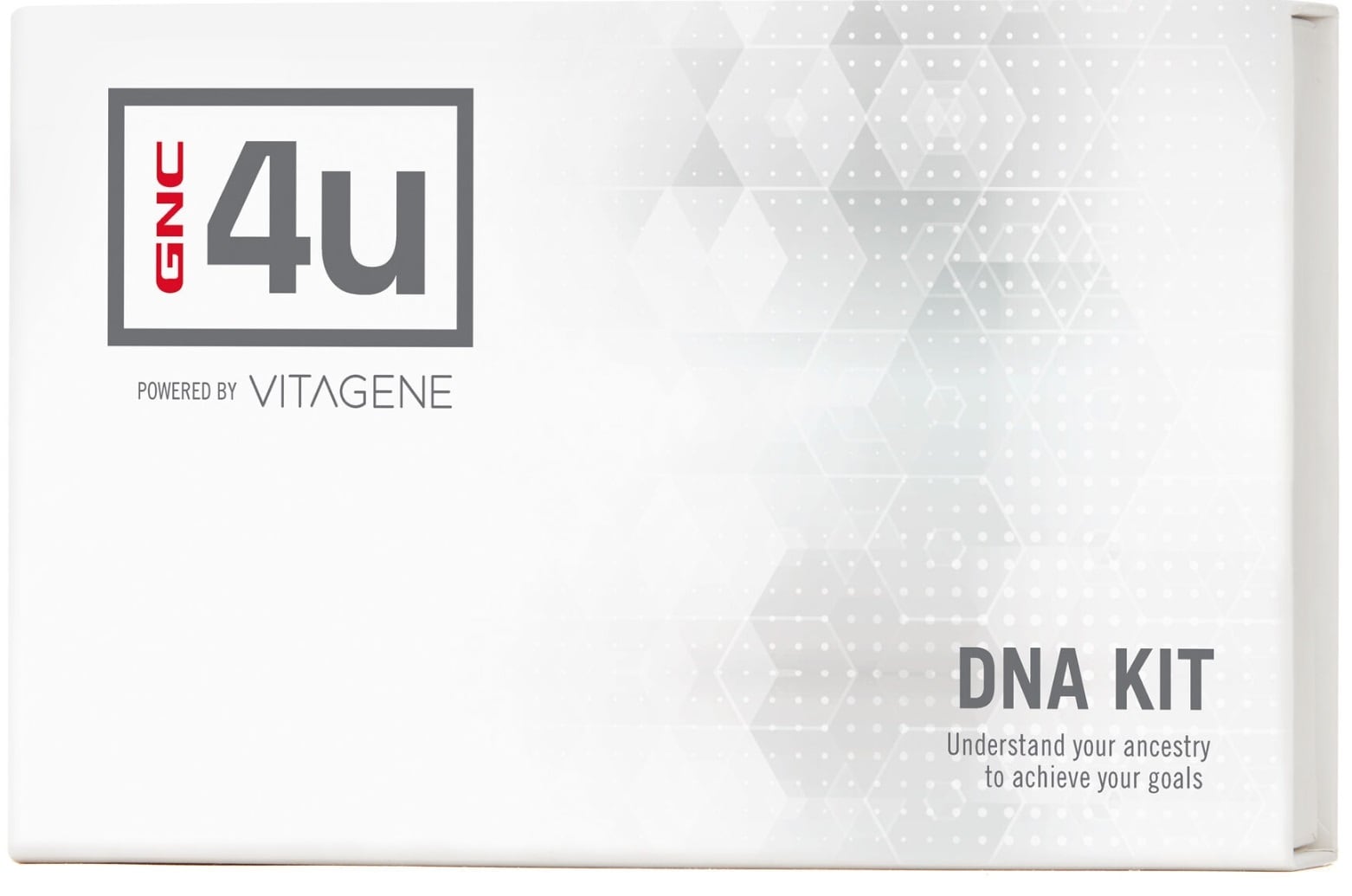Jeffrey Blumberg, PhD is a professor of nutrition at Tufts University in Boston. He also sits on the scientific advisory board of personalized nutrition firm Inside Tracker.
Blumberg gave a talk on the application of biomarkers to personalized nutrition at the recent Personalized Lifestyle Medicine Institute meeting in Seattle, WA.
Blumberg said the data connected to personalized nutrition is exploding. So much so that the trick is starting to become how to know what are the most significant pieces of that huge assemblage of data.
Comprehensive foundational research
For example, one slide that Blumberg showed was from research conducted by a team led by Nathan Price, PhD and published in the journal Nature Biotechnology in 2017. According to the researchers they, “[C]ollected during a 9-month period, including whole genome sequences; clinical tests, metabolomes, proteomes, and microbiomes at three time points; and daily activity tracking. Using all of these data, we generated a correlation network that revealed communities of related analytes associated with physiology and disease. Connectivity within analyte communities enabled the identification of known and candidate biomarkers (e.g., gamma-glutamyltyrosine was densely interconnected with clinical analytes for cardiometabolic disease). We calculated polygenic scores from genome-wide association studies (GWAS) for 127 traits and diseases.”
Blumberg said the issue in the field is becoming how to parse through all of that data to find the high points that need hitting. The work that has been done along these lines and which continues is important for the overall picture, but it’s less clear how it will be transmitted in an effective way to consumers. The goal, after all, is to move their personal health needles now, while they can still benefit, rather than to sketch out how it might be done in the future.
“This work that has been done at Stanford and up in Seattle is really fabulous. They were looking at something like 6,000 different interactions between hundreds of metabolic pathways. That generates a huge data cloud. This is really cutting edge research,” Blumberg told NutraIngredients-USA.
Doing the cost/benefit analysis
“But from a market perspective it is too complex and is too expensive,” he added. “What it is doing is giving us a solid basis for predictive analytics.”
Blumberg said with that basis companies like Inside Tracker can go about the work of matching up what can be measured with how much those measurements cost. Then they can look at the most important endpoints for consumers. Those might be the things that will have the biggest impact on their health or are the most easily implemented, meaning there would be a good expectation of compliance. Or a combination of the two.
“It’s a process of finding a more affordable analyte to measure. If I find there are 5 metabolomic molecules that are closely alined with some other genetic trait or with a clinical lab result I don’t have to measure all 6,000 compounds,” Blumberg said. “It could be that I know that something like magnesium is liked to lipid metabolism and that is linked with a certain measurement of muscle strength. Or I could say your vitamin D is low and that means x, y and z are also going to be abnormal so now I can start with some real recommendations.”
It can all be seen as part of the process of systems development. For example, the most advanced and powerful piston aircraft engines, perfected right at the end of World War II, developed as much as 3,500 horsepower. While magnificent machines in their way, they put out all that power at the cost of a high degree of complexity, high maintenance costs and a huge parts count. Along came turbine engines that focused on the most essential elements of the equation—using the heat from burning fuel to get a shaft to spin—to produce much more power per unit weight with a fraction of the number of moving parts.
Compliance—ever the Achilles heel
But human beings aren’t machines, even if nutritional research might take a mechanistic approach to how their internal systems work. Blumberg said while cost continues to be a factor, the biggest gap in personalized nutrition is just getting consumers to do what they’re supposed to do.
“What’s still weak in personalized nutrition today is the behavioral component. If you are doing all of these deep analyses inside my body, on my blood tissue, on my organs, and if I don’t change my behavior, what is the point? What’s missing is the participatory component asking about what I as a consumer am willing to do,” he said.
Big players could bring more investment
Blumberg said, though, that even with that weak spot, personalized nutrition as an overall approach has demonstrated enough value that some very powerful players are sitting up to take notice. Blumberg led a team on a study demonstrating that the use of Inside Tracker’s combination of clinical test results and an online behavioral app helped to ‘normalize’ the health parameters of subjects over the course of the test. He did say that those who were farthest off the mark, say with very high LDL or triglyceride numbers, benefited the most. But overall Blumberg said the research was able to validate the fact that consumers who engaged with the platform were better off than those who didn’t.
Blumberg said that with that kind of information in hand, companies with a lot of money to invest such as health insurers or the operators of corporate wellness programs could ultimately help drive the sector forward. With more investment, and more revenue comes more data which over time will help further refine the approach, he said.
Personalized Nutrition Special Event
Three experts from personalized nutrition companies will join NutraIngredients-USA deputy editor Hank Schultz for a webinar panel discussion on Nov. 12, 2019 at 1:30 PM Eastern time. The panel will consist of Diana Morgan, MS, head of scientific and regulatory affairs for Care/Of, Rony Sellam, CEO of Inside Tracker and Nathan Price, PhD, professor and associate director at the Institute of Systems Biology.
For more information and to register for this FREE, hour-long event, go to the event homepage.




